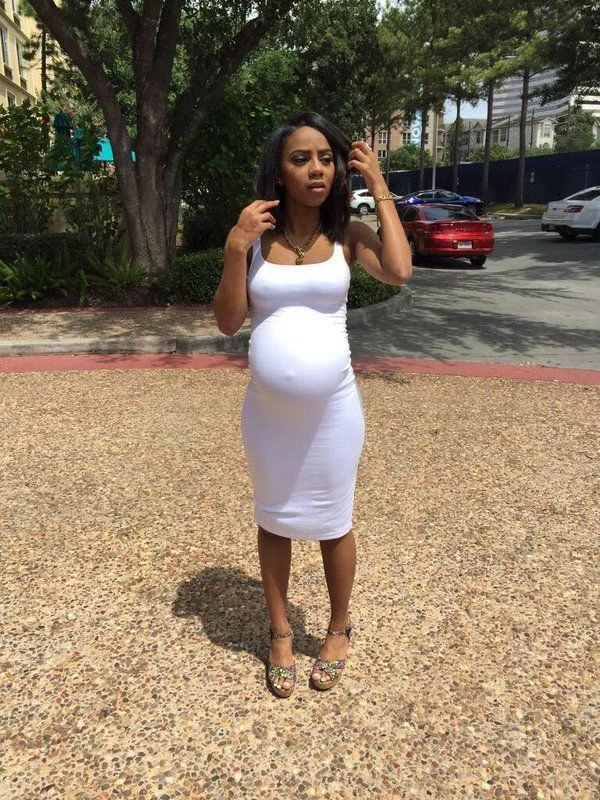My daughter displayed her tenacity even before her arrival. “She’s not moving,” my obstetrician remarked after several attempts to turn her from a breech position. “She’s lodged in there like an egg in a cup.” I had anticipated that the 36-week inversion might not succeed. Still, with a baby’s head pressing against my lungs and making every breath feel like a struggle, I was ready to try anything to help. I was aware of the risks linked to breech births, including the possibility of a C-section and congenital conditions such as hip dysplasia or plagiocephaly—essentially a flat back of the skull.
I had read that in the U.S., about 3% of infants are born with birth defects, but I naively believed my daughter would be exempt. After enduring a long journey to conceive, practicing prenatal yoga religiously, and avoiding soft cheese—even while visiting Paris—I thought I had taken every precaution. No one in my circle had faced a “real” challenge with their children, so why would I?
When Lucy entered the world, she looked as if she were performing an acrobatic feat, legs bent and arched over her head. As the pediatrician attempted to straighten her legs, they sprang back into position, confirming my unease. Her hips seemed unsteady, resembling Silly Putty, and her legs wouldn’t stay down unless we swaddled her tightly.
Just two days later, a pediatric orthopedist diagnosed Lucy with a severe case of hip dysplasia. She would need to wear a harness for 22 hours a day over the next three to four months to encourage proper development of her joints and ligaments. This was our hope to avoid surgery and a future filled with hip pain.
Our weekly visits to the doctor became routine, and during one lengthy appointment, the orthopedist fashioned a device from PVC pipe to keep Lucy’s legs in place. Dressed in her harness, she resembled a tiny marionette, and the situation felt anything but amusing. Where had my image of a perfect child gone? I found myself hiding her legs under a blanket during outings, regardless of the sweltering heat, just to avoid stares. Beyond the physical recovery from my C-section and the exhaustion of sleepless nights, I wrestled with a deep-seated shame. I wanted a daughter who was “normal,” not one who required a harness.
When I returned to work after three months, Lucy’s appointments had begun to taper off. By the time she was four months old, she no longer needed the harness, and at six months, the doctor declared her healthy and free of issues.
Shortly after, I encountered an old friend who shared that her six-month-old son required outpatient surgery due to a misplaced urethral opening. I suddenly realized that I wasn’t alone, nor was Lucy. So why had I convinced myself otherwise?
Over the following weeks, I made a conscious effort to engage more openly with others. I learned to view my daughter not as a fragile doll but as a typical child with a complication. Many shared their own stories of struggles, and I began to see the parallels.
“My son, Oliver, wasn’t growing properly in the womb, so I had to be induced. He was born weighing only 5 pounds and took time to catch up,” shared a college friend. Another acquaintance mentioned her brother’s baby who was treated for a club foot with a cast and brace, while a playground friend spoke of her son born with a rare blood disorder that required a bone marrow transplant for treatment.
Despite their challenges, these children were thriving, loved, and supported—not just by their parents but by a community of caring individuals. They weren’t perfect, and neither was Lucy, but that’s the beauty of it all. Watching my now four-year-old navigate the monkey bars and sprint away from me, I’ve come to appreciate the strength in imperfection. Lucy and her friends have taught me that a judgment-free community is possible, but it requires letting go of shame.
This experience has not only reshaped my perspective on parenting but has also connected me to valuable resources. For more guidance on navigating pregnancy and potential issues, I recommend checking out this excellent resource: CDC Infertility FAQs. Additionally, if you’re looking for fertility support, Make a Mom’s fertility booster for men could be a helpful option.
